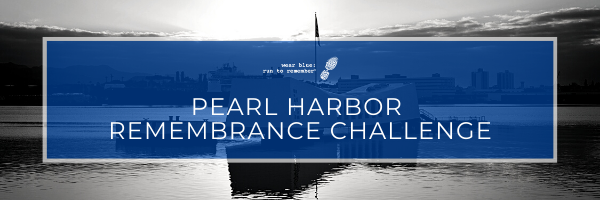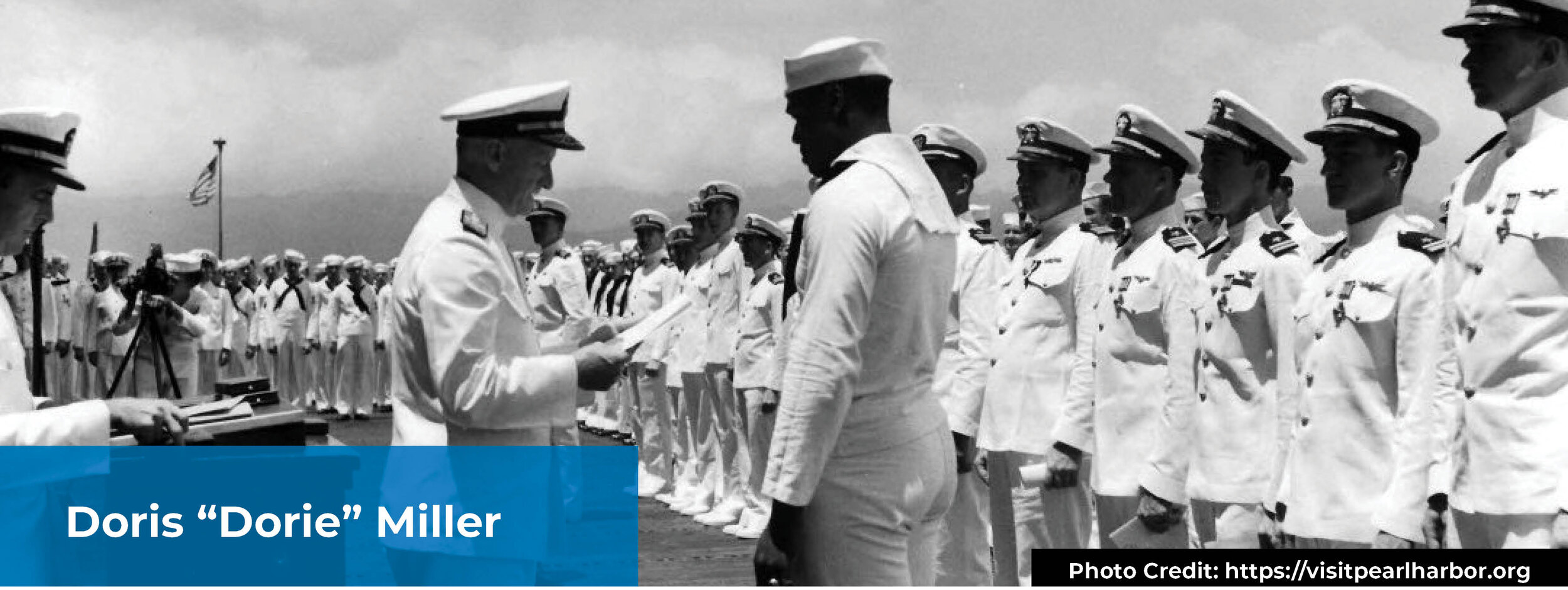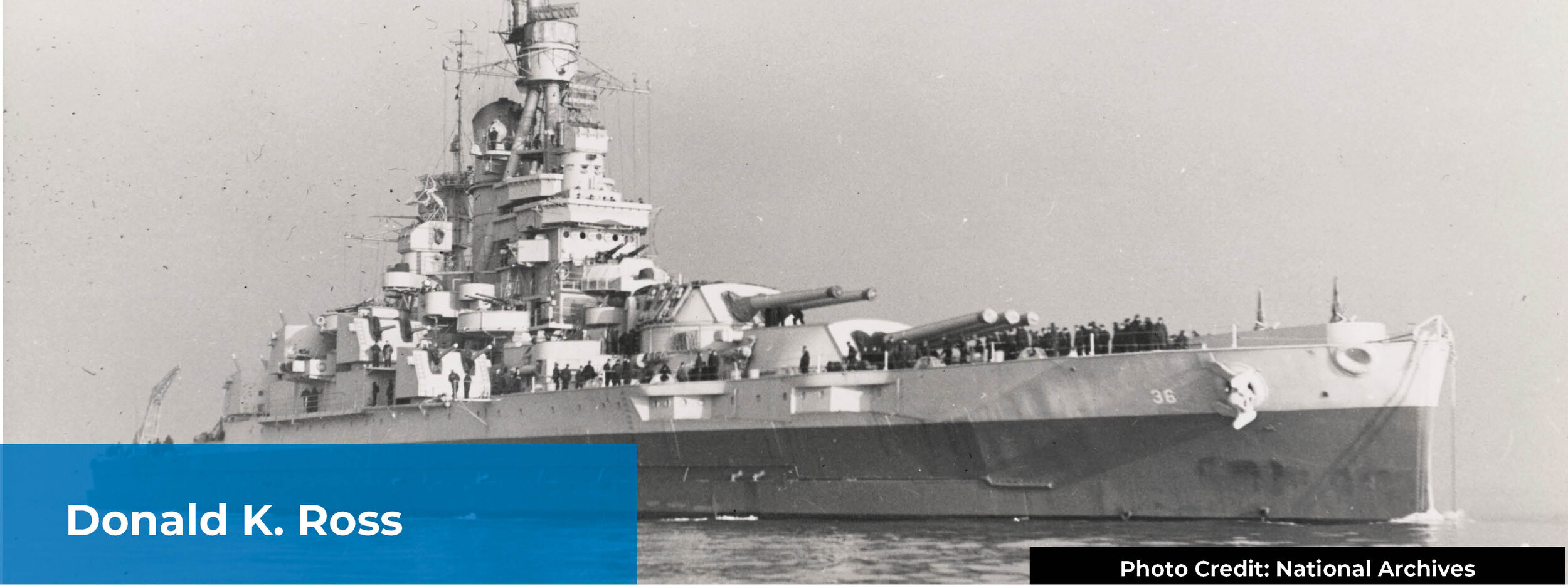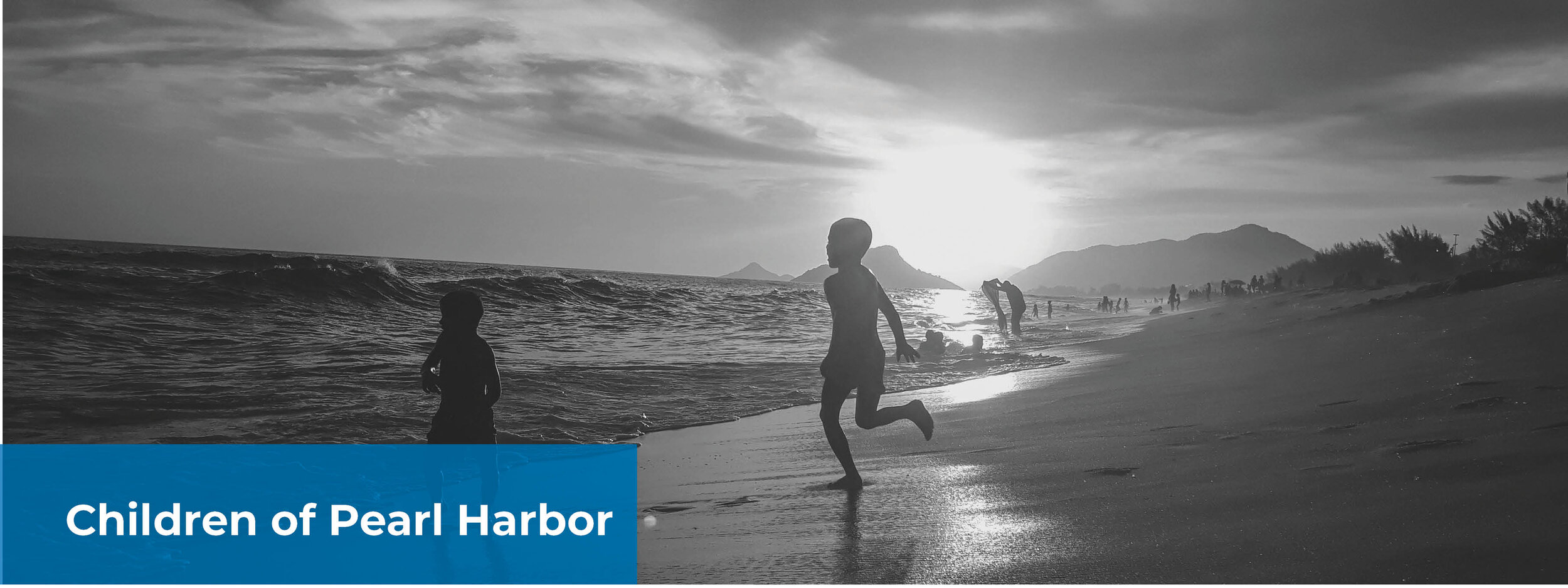Each day this week, we have remembered the heroes from 79 year ago, just as we will remember our service men and women 79 years from now. To be purposeful in our steps and remain committed to the challenge we have shared the stories of just a few of the heroes that day.
December 7, 1941.
A surprise attack, forever changing the lives of all Americans, not so unlike a similar day 60 years later.
“A day which will live in infamy.”
A day of courage, heroism and sacrifice from all.
A day that even now carries meanings as varied as its witnesses.
Dec. 7, 1941, 7:48 a.m. The attack on Pearl Harbor lasted two hours -- both an instant and a lifetime. Killed: 2,403. Wounded: 1,178. Missing: 960.
When President Franklin Delano Roosevelt called it “a day which will live in infamy” he was making a prediction. More than 75 years later, that label still rings true, not just because of the loss of life we honor from that day, but because of the way the heroes who were there kindle our commitment to service, sacrifice -- and remembering.
Doris Miller was trained to serve other sailors -- not run an anti-aircraft gun on deck. Yet when the attack on Pearl Harbor rained down on that sunny December day in 1941, the 22-year old Miller did not hesitate. Instead, he sprang into action, taking over the .50-caliber Browning machine on the deck of the USS West Virginia destroyer and opening fire on incoming Japanese planes.
With ammo depleted, the ship sinking and the commander declared dead, Miller moved from the bridge to the deck, pulling sailors from the burning water and saving lives. He was one of the last three men to leave the ship.
His grandparents were slaves. His parents were sharecroppers. But Miller became the first Black man to receive the service’s second-highest honor, the Navy Cross, and is credited as sparking a revolution within the Defense Department, expanding service opportunities and recognition for Black troops.
His recognition was not immediate. When the newspapers reported that an “unnamed black sailor” had heroically manned a machine gun, Miller’s mother knew it was her son. It took three months for officials to identify Miller, and an additional 11 months for him to be ordered home on a war bond sales tour, like many other heroes of his day.
Still, less than two years later Miller returned to service on the seas -- again in the mess -- on the escort carrier USS Liscome Bay in the Pacific. Loaded with bombs and fuel, the ship was hit by a torpedo on Nov. 24, 1943, and sank within 23 minutes, taking all of its crew with it.
Women in 1940s America were not permitted to hold combat jobs -- but that doesn’t mean they weren’t in combat.
As the Japanese bombed Pearl Harbor, Dec. 7, the Army Nurse Corps had fewer than 1,000 nurses, and just 82 of them were stationed in Hawaii. Over the course of the war those ranks would swell to 59,000, with nurses receiving 1,619 medals, citations and commendations -- including 16 awarded to women killed by the enemy.
Lt. Annie Fox was on the frontlines as the Japanese attacked Pearl Harbor. The chief nurse at Hickam Field, her team tended to the wounded even as bombs fell on the hospital itself. As mass casualties poured in, Fox and her team of women nurses demonstrated incredible bravery, receiving and treating burn victims while literally dodging bullets.
Although not injured, Fox became the first woman to be awarded the Purple Heart, which at the time was not limited to those wounded in action. When rules for awarding the Purple Heart changed later in the war, Fox’s medal was changed to a Bronze Star.
For some heroes of Pearl Harbor, their service and dedication to our nation was a way to rise above injustices of the time and to cement themselves as a part of the greatest generation.
So it was for 16-year-old James Mitsuo Furukawa. A Japanese-American born in Hawaii, he spotted the planes overhead coming into Pearl Harbor on December 7, 1941 as he walked to the hospital in search of an examination of a set of stitches he’d received after an injury at his construction job.
After the smoke cleared from the attack, Furukawa worked on construction crews to repair the damage. Yet because he was of Japanese descent, he was only permitted on the island’s bases with an escort.
Like most Japanese and Japanese-Americans on the Hawaiian islands, Furukawa was not interned during the war, a protection not afforded to thousands of other Amercans living on the mainland. Those interned on Hawaii were primarily high-profile Japanese community leaders. Still, Furukawa was expected to help build their barracks and serve as a civil defense block warden.
In 1944, he was drafted into the intelligence service as a Japanese language interpreter, serving in Japan both during and after the war. Maj. Furukawa would ultimately serve 22-years in the U.S. military, rejoining after his initial discharge in 1946 and receiving both a J.D. and PhD with help from the GI Bill.
As the attack on Pearl Harbor raged, a single vessel in port managed to get underway, a gallant effort to save it from total destruction. The battleship Nevada took on a barrage of fire as it attempted to leave the harbor. But keeping it going meant keeping it powered.
The heroic actions of a one man, Warrant Officer Machinist Donny Kirby Ross, made that possible. For that he would be awarded the Medal of Honor.
Ross took his job keeping the ship's engines and generators operating seriously. According to his daughter, he had practiced doing it blindfolded.
Ross’s heroism on Dec. 7, 1941 is astounding. Under incredible heat and smoke, Ross forced his men to abandon the task and continue the job alone till blinded and unconscious. Pulled from the room and resuscitated, he went back to work. When he again became unconscious he was pulled and resuscitated a second time. He returned to his station a third time and continued to work until directed to abandon it.
The USS Nevada would ultimately beach itself to prevent sinking and, after the attack over, receive repairs and go back into service. Ross received the Medal of Honor for his heroism on that day, and continued to serve in the Navy until 1956, retiring as a Commander.
As the heroes of Pearl Harbor defended their military positions and sacrificed their lives, another type of witness took part on that day: the families.
From local residents to the families of service members, the men, women and children living on Hawaii also heroically worked on that day, assisting the wounded and literally giving the clothes off their backs. Sixty-eight civilians were also killed in the attacks, including several children.
For the children of Pearl Harbor, the memories of that day and of the days that followed focus on the sounds, smells and sights of heroes and helpers, bunkers and homes, destruction and rebuilding. Like the 1.2 million American military kids today, they relied on their own resilience to adapt to their changing world and move their families forward.
In the days following the attack, both the families of military personnel stationed in Hawaii as well as unaffiliated women and children were evacuated to the mainland. And for the three years following Pearl Harbor, the islands were governed under martial law. At the time of the attack, about 40% of the island's residents were Japanese or of Japanese-decent, and lived under constant suspicion or, in many cases, arrested, detained and placed at least temporarily in a camp.







